
Technology
Latest News
Latest Videos

CME Content
More News

Office transitions to a portable vision diagnostic and patient engagement system.

This research ultimately could enhance the manufacture of eye implants universally used in cataract and refractive surgeries.

Joseph Izatt was a skilled researcher and inventor who played a foundational role in the development of optical coherence tomography.

Cataract simulation platform uses virtual reality to train ophthalmologists

A brief analysis showed that ChatGPT 3.5 performed better.

Scientists at the National Institutes of Health use artificial intelligence called ‘P-GAN’ to improve next-generation imaging of cells in the back of the eye.
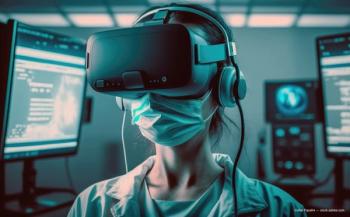
According to the companies, the tool is affordable, portable, scalable, and intentionally designed to train surgeons in low- and middle-income countries, home to 9 out of 10 people with vision loss due to the difficulty of accessing eye care. The VR tool is being unveiled at the American Society of Cataract and Refractive Surgery Annual Meeting in Boston.
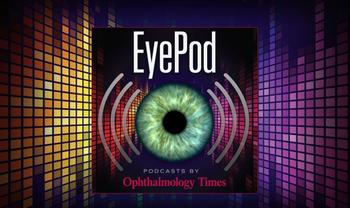
Explore cutting-edge ophthalmology innovations in this new series on the Ophthalmology Times EyePod podcast. Throughout this series, we'll hear insights from various stakeholders in clinical practice, academia, and industry. In this episode, host Ehsan Sadri, MD, engages in a conversation with Jeffry Weinhuff, managing partner at Visionary Ventures, exploring trends and offering advice for individuals driven by an entrepreneurial mindset.

The NOVA clinical trial has found statistical non-inferiority to current clinical standards for sensitivities at individual test locations, glaucoma staging using Medicare definitions, and an exceptionally high correlation of 0.94 in mean deviation.
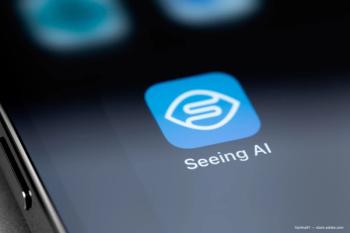
The company noted that individuals can purchase the ARx AI headset and register for access to the Seeing AI app through the provided links or download the latest version of the NaviLens app.
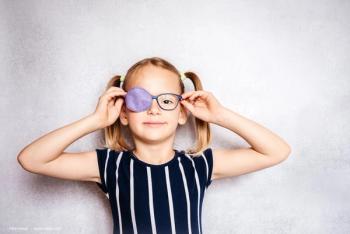
Study demonstrates that patients achieved long-term visual acuity gains following CureSight treatment.

ChatGPT-4 (OpenAI) had an overall “fair” performance when answering multiple-choice ophthalmic questions unrelated to multifocal imaging.

AI matched and outshone human specialists.
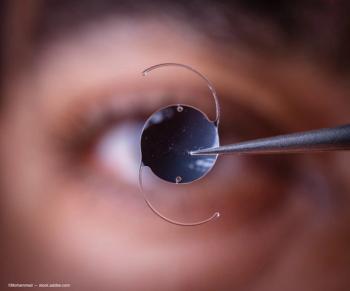
The implantable lenses can offer an advantage over laser surgery.

Chao Zhou, PhD, a professor of biomedical engineering in the McKelvey School of Engineering at the university, and team received the award from the Advanced Research Projects Agency for Health (ARPA-H).

Massachusetts Eye and Ear researchers came up with a mobile app called All_Aboard, designed to be used along with mainstream GPS systems and focuses on improving micro-navigation.
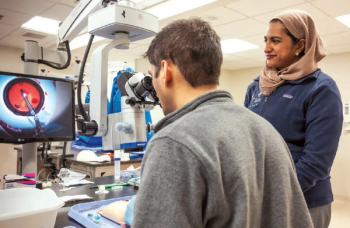
Wilmer's expansive focus and deep bench are advancing the understanding of artificial intelligence tools and potential ophthalmic applications.

LambdaVision is leveraging the microgravity environment of the space station to develop higher-quality implants than is currently possible on Earth.

According to researchers at Johns Hopkins Children’s Center, AI-driven cameras take images of the back of the eye and require no eye drops can be used to close care gaps.
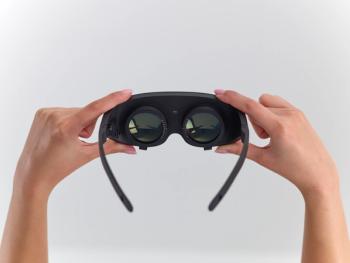
New technology may shift the diagnostic paradigm

The app is a tool aimed at allowing patients to measure their visual acuity at home by themselves.

Siloam Vision and Orbis team up to develop infrastructure to save the vision of premature infants.

Patients are encouraged to choose the optimal technology for their particular situation.

NIDEK Co. Ltd. has made a financial donation to Orbis International to support Orbis’s artificial intelligence (AI)-based screening services in Vietnam.

Advances enhance clinical decision-making in screening cases at risk of iatrogenic ectasia.



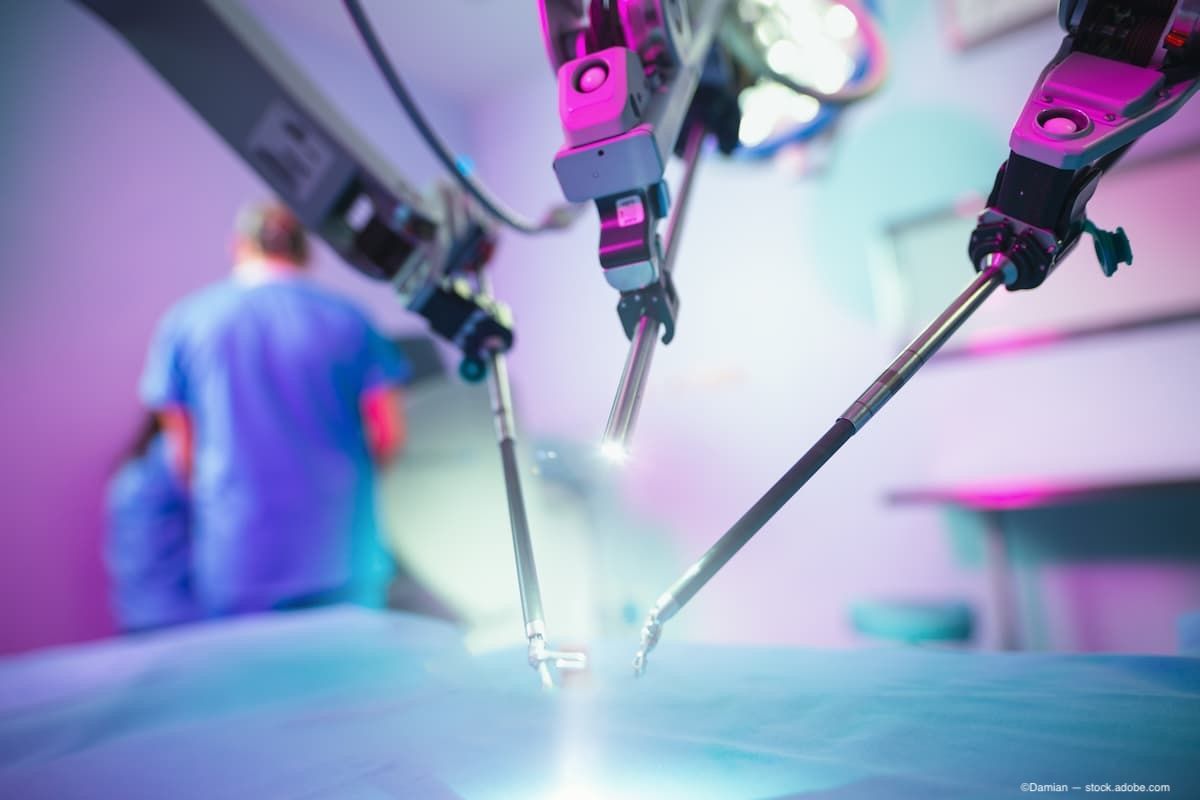



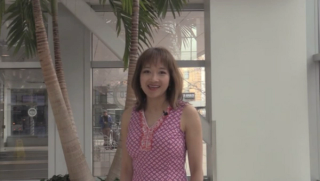

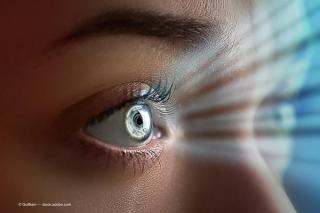

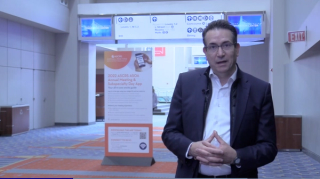


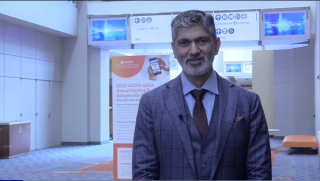













































.png)


